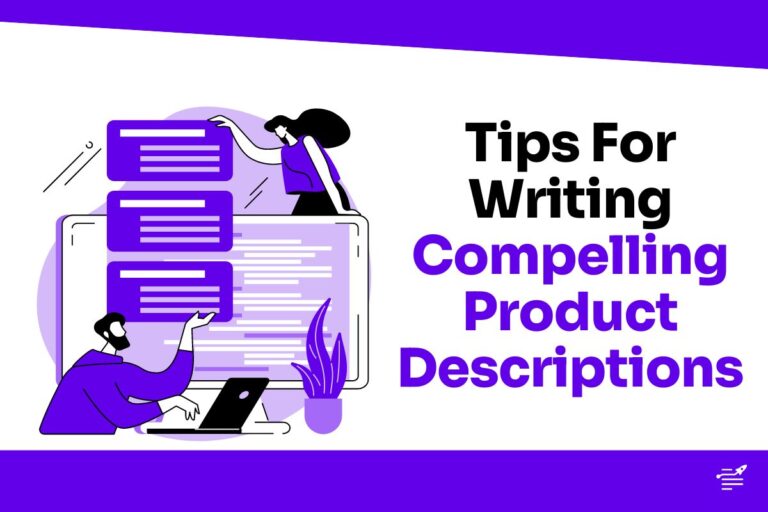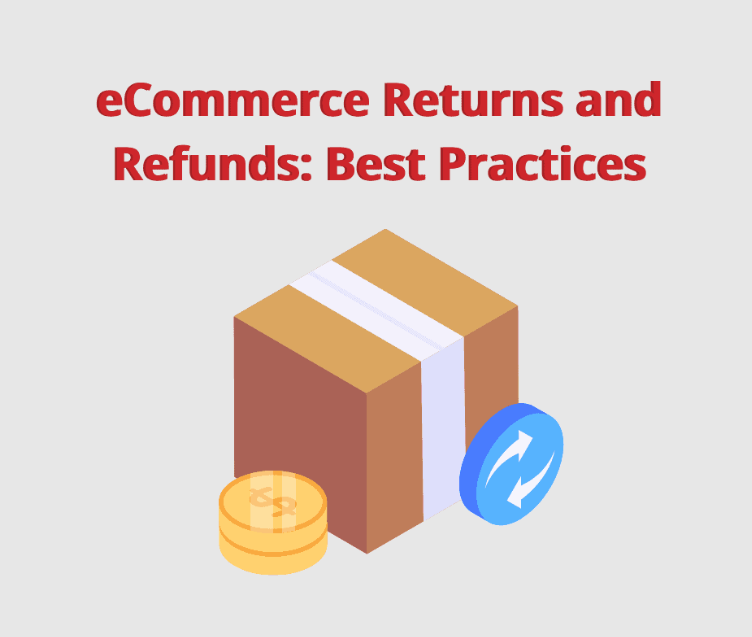Top Trends in E-Commerce for 2024: What Amazon Sellers Need to Know
In the dynamic landscape of e-commerce, staying ahead of trends is crucial for Amazon sellers to maintain competitiveness and drive growth. As we step into 2024, the e-commerce realm continues to evolve rapidly, influenced by technological advancements, shifting consumer behaviors, and market dynamics. To thrive in this environment, sellers must anticipate and adapt to emerging trends. In this comprehensive guide, we delve into the top trends shaping e-commerce in 2024 and provide actionable insights for Amazon sellers to capitalize on these trends effectively.
- Personalization and Customer Experience Enhancement:
- Personalization remains paramount in e-commerce as customers expect tailored experiences. AI-driven algorithms enable Amazon sellers to analyze customer data and deliver personalized recommendations, emails, and product offerings.
- Enhanced customer experience through seamless navigation, intuitive interfaces, and efficient customer support mechanisms fosters brand loyalty and repeat purchases.
- Voice Commerce and AI Integration:
- The rise of voice assistants like Amazon’s Alexa continues to revolutionize how consumers shop. Amazon sellers should optimize their product listings for voice search and leverage AI technologies to enhance customer interactions and streamline processes.
- Omnichannel Selling and Integration:
- E-commerce is no longer confined to traditional online platforms. Successful sellers embrace omnichannel strategies, leveraging multiple channels such as social media, mobile apps, and brick-and-mortar stores to reach customers at every touchpoint of their journey.
- Sustainability and Ethical Practices:
- Conscious consumerism is on the rise, prompting e-commerce sellers to adopt sustainable practices in sourcing, packaging, and distribution. Amazon sellers can differentiate themselves by promoting eco-friendly products and transparent supply chains.
- Augmented Reality (AR) and Virtual Reality (VR) Shopping:
- AR and VR technologies offer immersive shopping experiences, allowing customers to visualize products in real-world settings before making a purchase. Integrating AR/VR features into Amazon listings can boost engagement and reduce return rates.
- Cryptocurrency Adoption and Blockchain Technology:
- The acceptance of cryptocurrencies like Bitcoin and Ethereum opens up new payment avenues for e-commerce transactions. Amazon sellers exploring cryptocurrency integration should prioritize security measures and stay informed about regulatory developments.
- Subscription-Based Models and Membership Programs:
- Subscription-based e-commerce models thrive on convenience and predictability, offering customers recurring deliveries of essential goods or exclusive access to premium content. Amazon sellers can capitalize on this trend by introducing subscription services or loyalty programs.
- Hyper-Personalized Marketing and Retargeting:
- Leveraging big data analytics and AI, sellers can craft hyper-targeted marketing campaigns tailored to individual preferences and behaviors. Retargeting strategies on platforms like Amazon Advertising help re-engage potential customers and drive conversions.
- Social Commerce and Influencer Marketing:
- Social media platforms continue to evolve into e-commerce hubs, with features like Instagram Shopping and Facebook Marketplace facilitating seamless transactions. Collaborating with influencers and leveraging user-generated content can amplify brand visibility and credibility.
- Cybersecurity and Data Privacy:
- With e-commerce increasingly vulnerable to cyber threats, sellers must prioritize cybersecurity measures to safeguard customer data and prevent data breaches. Compliance with regulations like GDPR ensures transparency and trustworthiness.
- Micro-Moments and Instant Gratification:
- In an era characterized by shortened attention spans and on-the-go lifestyles, micro-moments represent brief windows of opportunity for e-commerce engagement. Amazon sellers must optimize their listings for quick decision-making, offering concise product information and seamless checkout experiences to capitalize on these fleeting moments.
- Artificial Intelligence in Supply Chain Management:
- AI-driven supply chain solutions enhance operational efficiency by optimizing inventory management, demand forecasting, and logistics. Amazon sellers can leverage AI tools to streamline fulfillment processes, reduce costs, and ensure timely deliveries, thereby improving customer satisfaction and retention.
- Dynamic Pricing Strategies and Competitive Intelligence:
- Dynamic pricing algorithms enable sellers to adjust prices in real-time based on market demand, competitor pricing, and other relevant factors. By harnessing competitive intelligence tools, Amazon sellers can make informed pricing decisions to maximize profitability and maintain a competitive edge.
- Localization and Global Expansion:
- With e-commerce transcending geographical boundaries, localization strategies are essential for Amazon sellers seeking to expand into new markets. Tailoring product offerings, content, and marketing efforts to suit local preferences and cultural nuances enhances relevance and resonance with diverse audiences worldwide.
- Social Responsibility and Brand Purpose:
- Consumers increasingly gravitate towards brands that demonstrate social responsibility and embody meaningful values. Amazon sellers can build brand loyalty and trust by aligning with causes, supporting charitable initiatives, and communicating their commitment to ethical business practices.
- Hyper-Targeted Niche Markets:
- As e-commerce evolves, niche markets and specialized product categories gain prominence, catering to specific interests and preferences. Amazon sellers can capitalize on hyper-targeted niches by offering unique products, providing expert knowledge, and cultivating dedicated communities of enthusiasts.
- Agile Product Development and Innovation:
- Continuous innovation is essential for Amazon sellers to stay ahead of competitors and meet evolving customer needs. Adopting agile product development methodologies enables sellers to iterate quickly, gather feedback, and deliver innovative solutions that resonate with their target audience.
- Live Commerce and Interactive Shopping Experiences:
- Live streaming platforms and interactive shopping experiences bridge the gap between online and offline retail, fostering real-time engagement and instant gratification. Amazon sellers can leverage live commerce events, product demonstrations, and Q&A sessions to drive conversions and build customer relationships.
- Emotional Branding and Storytelling:
- Emotional connections play a crucial role in driving brand loyalty and advocacy. By crafting compelling brand stories and evoking emotions through marketing campaigns, Amazon sellers can forge deeper connections with customers, fostering long-term loyalty and affinity.
- Aggregated Marketplaces and Strategic Partnerships:
- Aggregated marketplaces bring together multiple sellers under a unified platform, offering customers a diverse selection of products and enhancing discoverability. Amazon sellers can explore partnerships with curated marketplaces and niche platforms to reach new audiences and expand their market presence.
In summary, the e-commerce landscape in 2024 presents a myriad of opportunities and challenges for Amazon sellers. By embracing emerging trends, leveraging advanced technologies, and prioritizing customer-centric strategies, sellers can navigate the evolving marketplace landscape with confidence and drive sustainable growth in the digital era. Adapting to changing consumer behaviors, embracing innovation, and fostering meaningful connections with customers are key pillars for success in the dynamic and competitive e-commerce ecosystem of 2024 and beyond.






